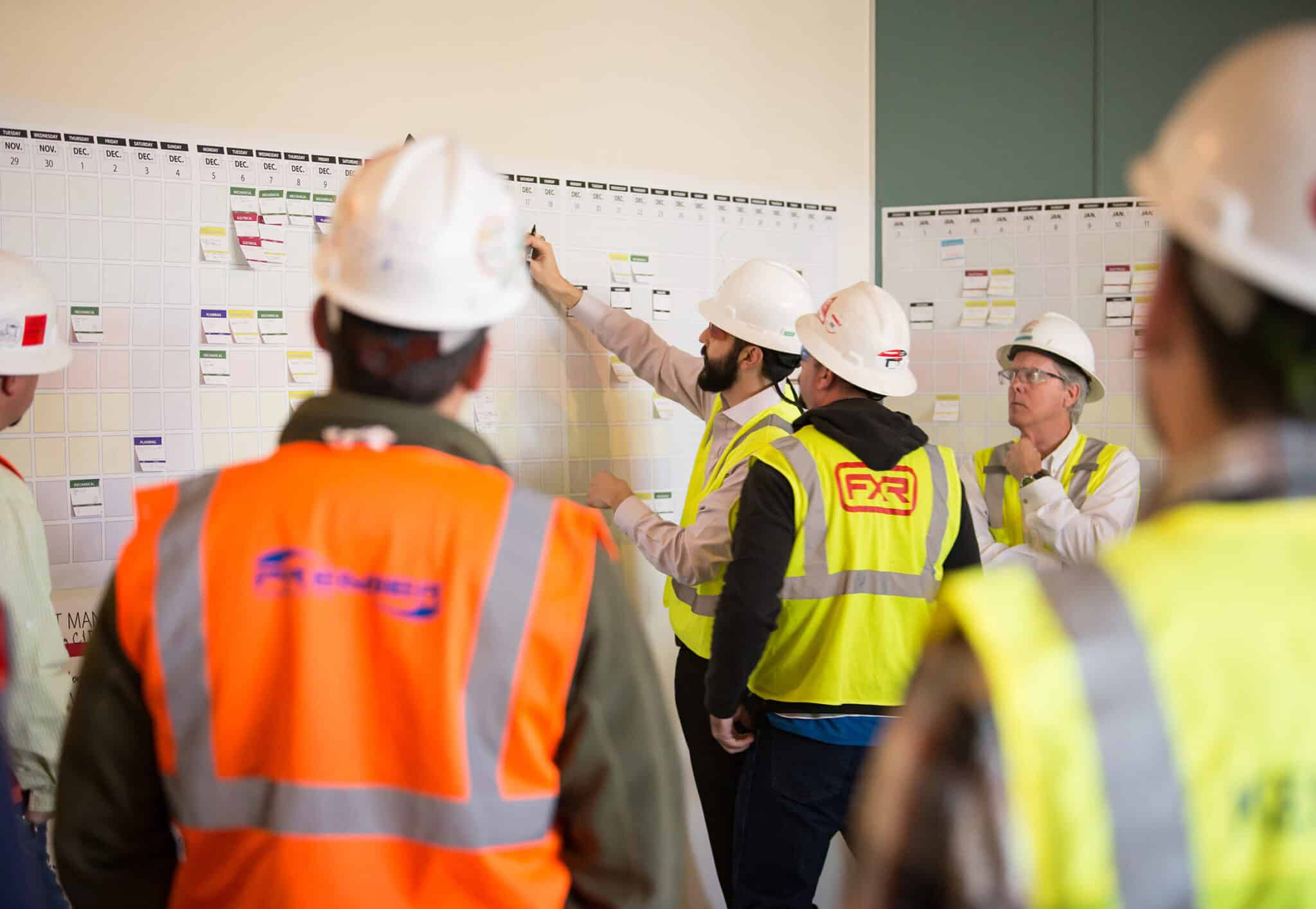Our 47 years in construction has shown us that there are a few common “ailments” in our industry that can (to one degree or another) lead to a project’s failure and ultimately a dissatisfied client. These ailments are applicable to all construction types.
Whether you’ve hired Skiles Group or another GC to work for you, we hope to simplify your construction experience and help you to find your way towards the completion of a successful project. We believe that in being proactive and thoughtful about the prevention of these foreseeable, typical problems, we can increase the likelihood that you’ll succeed with your project’s goals.
This Clinic is Part #4 of a special blog series written with you, the potentially dissatisfied client, in mind. Read Part #3 on Inability to Lead an Inexperienced Client.
Clinic #4 – Inability to deal with poor construction documents
SYMPTOMS: Patient reports that their construction drawings seem somewhat incomplete, requiring a great amount of searching through specifications which often leads to having to write RFIs.
Chief complaint is that there are inconsistencies, between each of the consultants’ pages, which has caused mistakes in the field.
Patient also reports feeling that there is a lack of constructability in the design. What appears on paper does not work in the field.
DIAGNOSIS: CONTRACTOR’S INABILITY TO DEAL WITH POOR CONSTRUCTION DOCUMENTS.
CAUSE: Poor documents have their origins during a poorly defined and poorly organized preconstruction period. The effects begin to show during the trade partner bidding period in the form of numerous questions, addenda, and higher prices. During the course of the project, schedule, costs and relationships all suffer because of them.
Until we succeed in leading the team to utilize sufficient resources and adequate time to properly complete the documents, we will continue to suffer waste and loss by all participants.
TREATMENT:Repairing the damage is difficult, but not impossible. It’s important that you be able to recognize the contractor’s efforts to correct any misunderstandings and move forward together as a team. When your contractor become aware of the problem, they should take the following steps to begin the healing process:
- Write thorough/timely RFIs that include a viable proposed solution and anticipated cost, if possible.
- Hold weekly meetings with the design team to walk site issues and generate questions — get answers in the field and document throughout meeting notes to accelerate the RFI process
- Do mock-ups for both aesthetics and functionality.
- Have overlay coordination meetings or hire a consultant to do coordination drawings in 2D or 3D
PREVENTION: Identifying a problem and working to fix it is good, but anticipating a problem and working to avoid it is better. Ideally, everyone involved wants to avoid damaging the client/contractor relationship, detrimental cost and schedule impacts, aggravation for stakeholders and team members, and any other negative ramifications of predictable project illnesses like this one.
Ultimately, less time and money will be spent on preventions than on cures. Taking care to avoid obstacles and mitigate the impacts of a construction project is part of a contractor’s responsibility to provide you with a simplified construction experience. For these reasons and others, prevention should always be a shared priority. Steps that your contractor can take to prevent this illness include:
- Influence you to incorporate construction personnel during the design stage; this would help to prevent problems before they arrive to the site.
- Do constructability reviews on all scopes of work (structural, building envelope, interior architectural, MEP, site work) while pricing the project.
- Ask trade partners for any RFIs while pricing the documents. Identify allowances for unknowns and bring alternative design suggestions to the table.
- Pull plan in design. Empower the design to come up with a realistic design schedule. Set due dates and run constraint meetings. Empower the team to hold each member accountable when design decisions are delayed.
- Staff projects with seasoned office and field staff if the opportunity allows.
A construction project is a team effort. You shouldn’t underestimate your responsibilities towards prevention. Your contractor is your advisor, but they are also your partner. Work with them by helping them understand how to work with you. Ask questions, share your ideas, and clearly communicate your hopes, needs, and expectations for the smooth delivery of your project early on, so you kick-off your project and start working together with your best foot forward.




